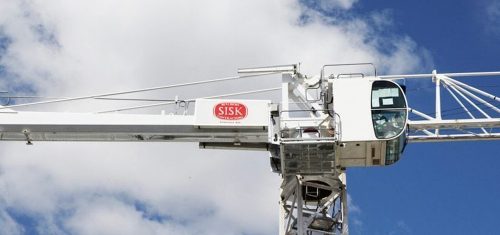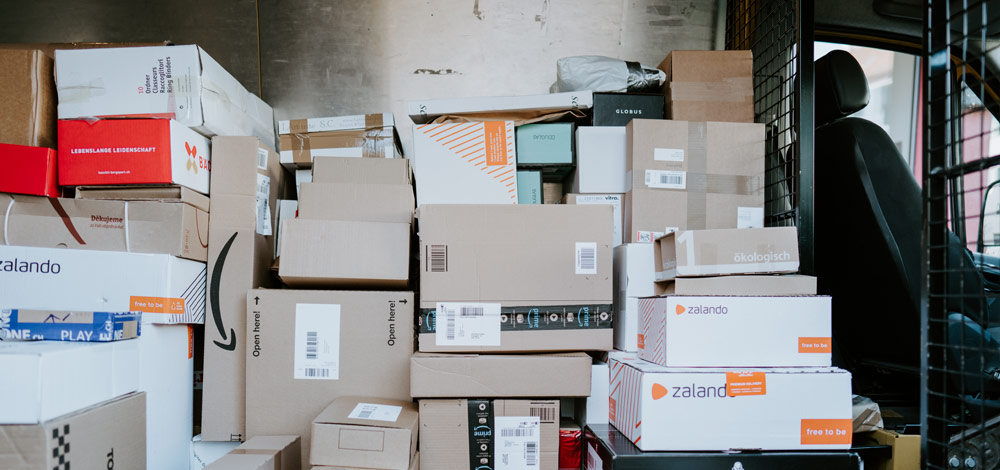During the Covid-19 pandemic, national lockdown impacted both the way we work and how we live. This accelerated the shift from offline to online consumption.
Understandably, one of the most impacted sectors was the logistics market. To cope with the rise in online consumption and changes to consumer behaviour, companies had to optimise distribution networks and update service deliveries processes. There is also a substantial international logistics effort required for fast and efficient vaccine distribution.
After a year of uncertainty, Royal Mail announced an increase in revenue by £900m, showing that shipping parcels, or letters, remains essential for connecting people and businesses.
Given the complexity of courier’s hidden costs and their service fee catalogues, it can be challenging to understand all the charges billed.
Here are five things to consider when optimising courier spend:
1. Understand the types of charges billed
There are two types of charges billed: shipment charges and accessorial charges.
- Shipment Charges – These typically depend on the service (standard, express, international etc.), the route used, the package type (parcel/letter), and the package weight.
- Accessorial Charges – These are all additional services billed on top of the shipment charges. Examples of accessorial charges include fuel surcharge, fees for signature, remote area delivery, Saturday delivery, or an oversized parcel fee.
2. Go out to tender
Logistics market dynamics include fuel charge changes, market consolidation, network investment and capabilities development.
To benefit from market fluctuations, we recommend launching a tender every 2-3 years and negotiate competitive commercial conditions.
Consolidating volumes with a limited supplier’s base and seeking long-term partnerships will bring further benefits as commercials are intrinsically linked to the volume of parcels.
3. Monitor and review periodically
As a business grows or declines, the requirements for logistics can also evolve. Optimise shipping costs by periodically checking that services are fit-for-purpose.
For example, is delivered within 24 hours a requirement for all clients? If not, then delivery in Day+2 or Day+5 may be acceptable for some product lines. By monitoring spend evolution and change in demand, companies can ensure the rate card is aligned with their business requirements and is not obsolete.
4. Analyse all accessorial charges
Accessorials make up most hidden courier spend costs. A great way to identify cost-saving opportunities is to analyse accessorial charges thoroughly.
A prime example is ensuring that parcel size fits with the courier’s standard dimensions, then you can avoid oversized transportation surcharges. Another is identifying deliveries subject to a remote area fee which could give levers to negotiate discounted rates.
Remember that the cheapest parcel rate may not be the most affordable option overall once the courier’s additional fees are considered.
5. Use shipment profiles to optimise processes and costs
Finally, another powerful tool is to use shipment profiles to optimise processes and costs. For repetitive routes, getting route pricing rather than pricing per parcel can often result in a quick win.
Similarly, you can gather valuable insight by analysing parcel weight profiles. This information can help you target the most used weight band during commercial negotiations. It will also allow you to identify opportunities to optimise parcel content, and therefore parcel weight.
Following these five process, commercial and technical best practices when optimising courier spend will help find the most suitable partner/s to deliver a quality service at a competitive price. Using a holistic approach on the multiple parameters that constitute the shipping cost will improve competitiveness and often result in added value benefits like carbon footprint reduction.













No Comments